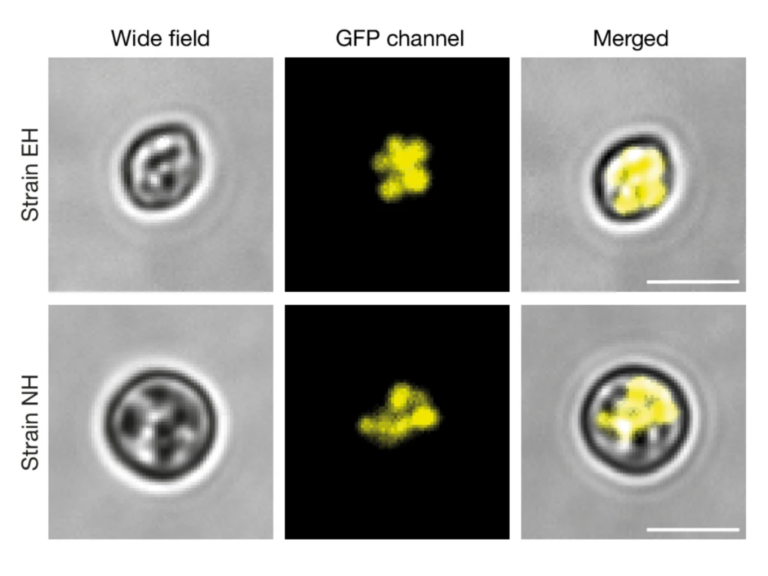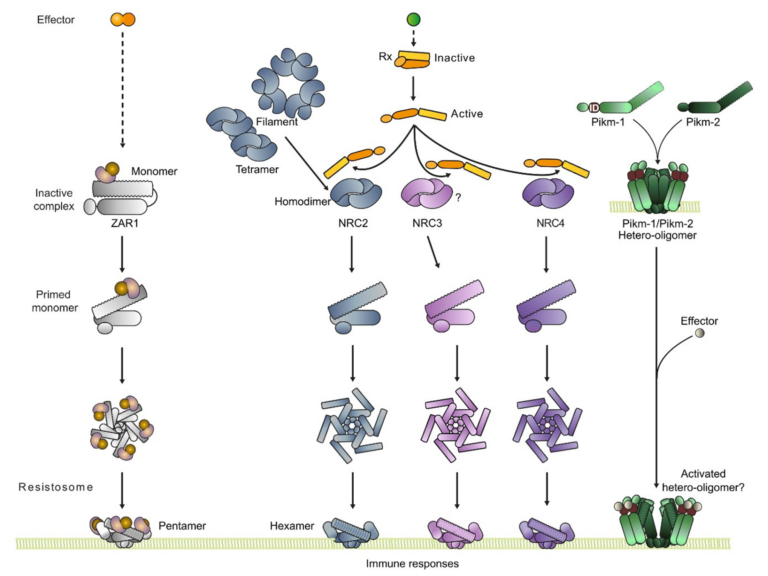Show me your ID: NLR immune receptors with integrated domains in plants
Nucleotide-binding and leucine-rich repeat receptors (NLRs) are intracellular plant immune receptors that recognize pathogen effectors secreted into the plant cell. Canonical NLRs typically contain three conserved domains including a central nucleotide binding (NB-ARC) domain, C-terminal leucine-rich repeats (LRRs) and an N-terminal domain. A subfamily of plant NLRs contain additional noncanonical domain(s) that have potentially evolved from the integration of the effector targets in the canonical NLR structure. These NLRs with extra domains are thus referred to as NLRs with integrated domains (NLR-IDs). Here, we first summarize our current understanding of NLR-ID activation upon effector binding, focusing on the NLR pairs Pik-1/Pik-2, RGA4/RGA5, and RRS1/RPS4. We speculate on their potential oligomerization into resistosomes as it was recently shown for certain canonical plant NLRs. Furthermore, we discuss how our growing understanding of the mode of action of NLR-ID continuously informs engineering approaches to design new resistance specificities in the context of rapidly evolving pathogens.


